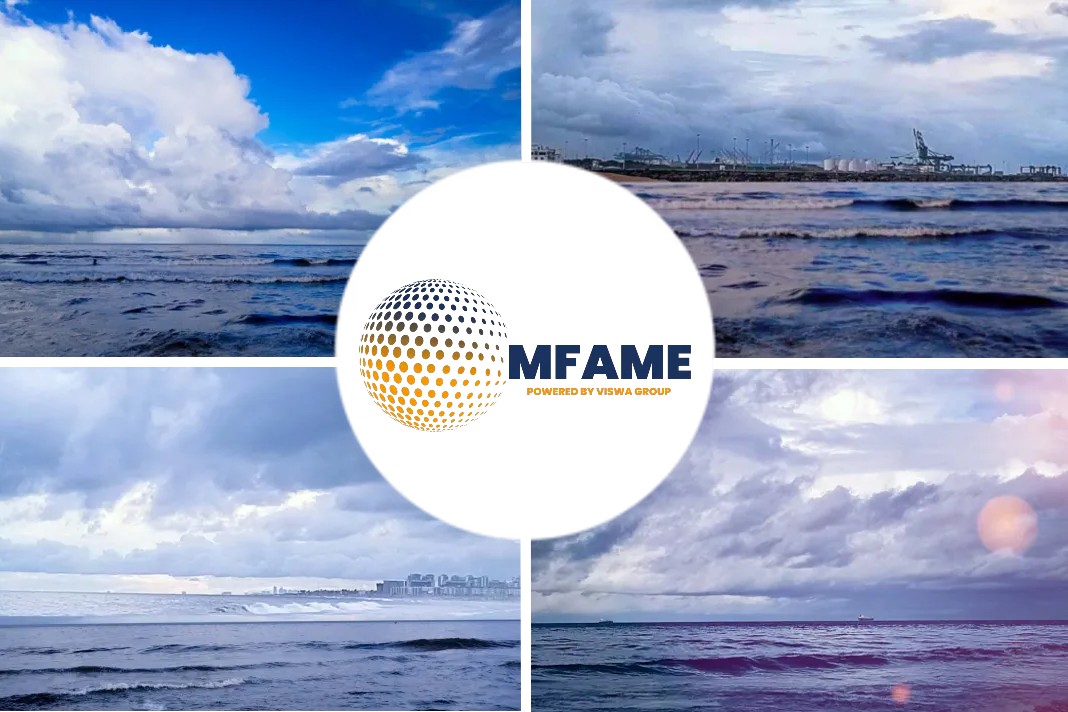- sustainable marine’s tidal turbine rotors fit for 20 years of continuous service
- rigorous tests at the marine energy center of the National University of Ireland were followed
The UK-based Sustainable Marine joined forces with the MaREI Centre at the National University of Ireland in Galway (NUI Galway), through German engineering partner SCHOTTEL Hydro, to test its new ‘ultra-durable turbine rotors says an article on Offshore Energy.
Testing of rotors
The project was delivered under MaRINET2 – Horizon 2020 program supporting offshore renewable energy testing across the EU. The testing took place within the Ryan Institute and School of Engineering at the National University of Ireland Galway, which houses a 375-square-metres Structures Research Laboratory – said to be the largest of its kind in the Republic of Ireland.
The state-of-the-art laboratory carried out ‘accelerated lifetime testing’ subjecting the rotors to conditions equivalent to 20 years of operation in the field, in just a matter of weeks. It covered a broad range of parameters including stress, strain, and vibration.
Advance the field of tidal turbine technology
Ralf Starzmann, vice president of business development at Sustainable Marine, said: “This international collaboration, through our German engineering partner SCHOTTEL Hydro, provides a firm indication of our ambitions to continue raising the bar and advance the field of tidal turbine technology. In order to push the boundaries, it is essential that we challenge our solutions at leading facilities that can push the limits of our technology.
“Accelerated lifetime testing is an essential process which allows us to rapidly speed up normal conditions, to better understand how structures will react over time. Our new 4-meter rotor blade has proven to be ‘ultra-durable, providing full confidence in the design and structural integrity. Reliability is a key factor in tidal turbine development, particularly as we are now moving towards our first commercial projects”.
Did you subscribe to our daily newsletter?
It’s Free! Click here to Subscribe!
Source: Offshore Energy















![[Watch] Crazy Power Needed to Move World’s Largest Containerships](https://mfame.guru/wp-content/uploads/2023/11/mfame-tanker-100x70.jpg)

